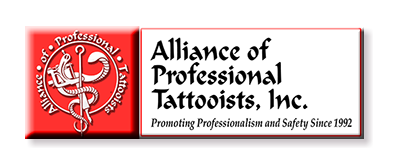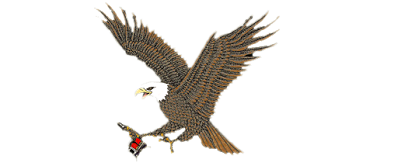The evolution of tattoos into mainstream media is one of the many reasons social acceptance of this art form has increased. Engineering has also caused the taboos around tattoos to dissipate. New technologies are expanding the artistic limits of tattooing while also minimizing the discomforts, health risks and permanence of extreme body art.
Analysts at IBIS research shows at least 8,000 tattoo parlors now serve a $3.4 billion U.S. demand. Even more with the acceptance of tattoos in mainstream media, tattoos have retained their streetwise mystique, particularly among the 40-and-under set who sport the lion’s share of the nation’s tattoos.
Taboo Traditions of Tattoos
Ancient indigenous native cultures around the world practiced tattooing, body painting, piercing and scarification to express important spiritual or social messages. The global spread of European economic and religious influence led to the custom’s demise in many cultures, yet also introduced it to new generations of world travelers. Ethnologists like Wilfred Dyson Hambly documented some of the last vestiges of the original practice in isolated populations in the early twentieth century, which captured intricate body markings that still inspire artists today.
In more recent Western history, tattoos have evoked the low-brow vibe of the world’s seaports, sideshows, cell blocks and skid rows. Along with the social stigma, the practices has drawn unwanted scrutiny from public health officials. In 1961, New York City even banned tattoo parlors outright, blaming them for an outbreak of hepatitis B. For the next 36 years, tattooing was performed illicitly in Bowery bucket shops in the city of its U.S. rebirth.
Technology Trends of Tattoos
Sharp sticks and red hot coals were used by paleolithic tattoo artists to decorate their clients. Thousands of years later, the tools may be fancier but still perform the same act. Whether it be by hand or with a machine, tattoo artists today use needles to recreate a design below the surface of the skin. Tracking along a pre-drawn template, the artist can poke thousands of tiny, 1-mm-deep perforations in the skin. The ink flows in droplets through the perforations, which leaves an indelible mark on the dermis. This was a painstaking manual process that could take days, until the first electric tattoo machines appeared in the 1890s.
In 1875 the big breakthrough in tattoo technology came with Thomas Edison’s electric pen and autographic press, which was the first electric office duplicating system. Before the widespread use of typewriters, this pen was used to engrave letters and drawings on paper or wax stencil. Its coil-powered stylus worked like a miniature jackhammer, punching small holes in the stencil at rates up to 3,000 per minute in sync with the clerk’s pen strokes. The document reproduction state remained low-tech, relying on a manual ink roller and flat-bed press to print one duplicate at a time.
Edison was said to sport a modest tattoo of his own, but he never intended his machine for such a subterranean use. However, the pen’s significant potential for tattooing was immediately obvious to artists of the day. New York tattoo pioneer Samuel O’Reilly scored the first patent on an Edison-inspired electric machine in 1891. By the 1920s, the true precursor of today’s basic machine became standard.
Today, most machines are electric, operating either with a direct rotary drive or a two-coil electromagnetic motor. Some tattoo artists prefer pneumatic machines, which tend to be lighter, quieter and lower-maintenance than electric models, yet they require a supply of compressed air. One of the newest technologies are the old theme is the Neuma Hybrid, from Neuma Tattooing Machines, Granada Hills, CA. Tattoo artists who are on the go that want the performance of a pneumatic machine but don’t want to haul an air compressor around, the Hybrid creates choices. This machine is engineered primarily as the next generation of the company’s widely used N2 pneumatic machine, but with the addition of an electric module it can adapt to a standard 18-V power supply and RCA cables.
The Future of Technology and Tattoos
Today’s technology has brought numerous innovations into the world of tattoos. Technologies have changed so much to meet consumer demands over the past few decades, first with manufacturers working to produce sterile inks on the emergence of organic and vegan-friendly tattoo ink. Other tattoo equipment has evolved as well, but the development of products like topical anesthetics and other things that make getting a tattoo more comfortable that are most telling about the future of tattoos. Because these are factors that impact consumers directly, they continuously evolve to meet progressively higher standards, individuals will only appreciate the art form more and lust for more tattoos.
For more information or to get started on your next tattoo contact Tattoo Consortium with the link below!







Sheila Light Greer liked this on Facebook.
Angela Solomon liked this on Facebook.
Love this place
Ali Wells liked this on Facebook.
Racheal Pearl liked this on Facebook.